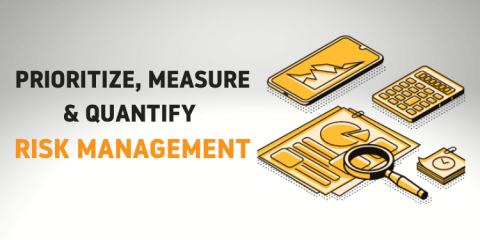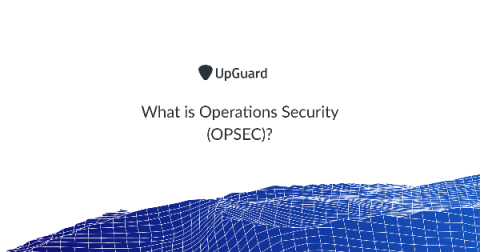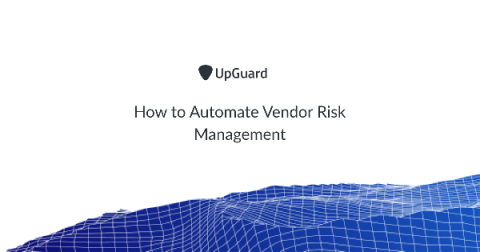How does risk management reduce the impact of a cyber attack?
What do healthcare, banking, and the insurance industry all have in common? RISK! Regardless of industry, having an application, or system compromised could mean the exposure of extremely sensitive information. If such information became public knowledge your business could suffer tremendously. For many companies, a data breach is the worst possible situation imaginable. How does an organization work to reduce the impact of a system being compromised?










